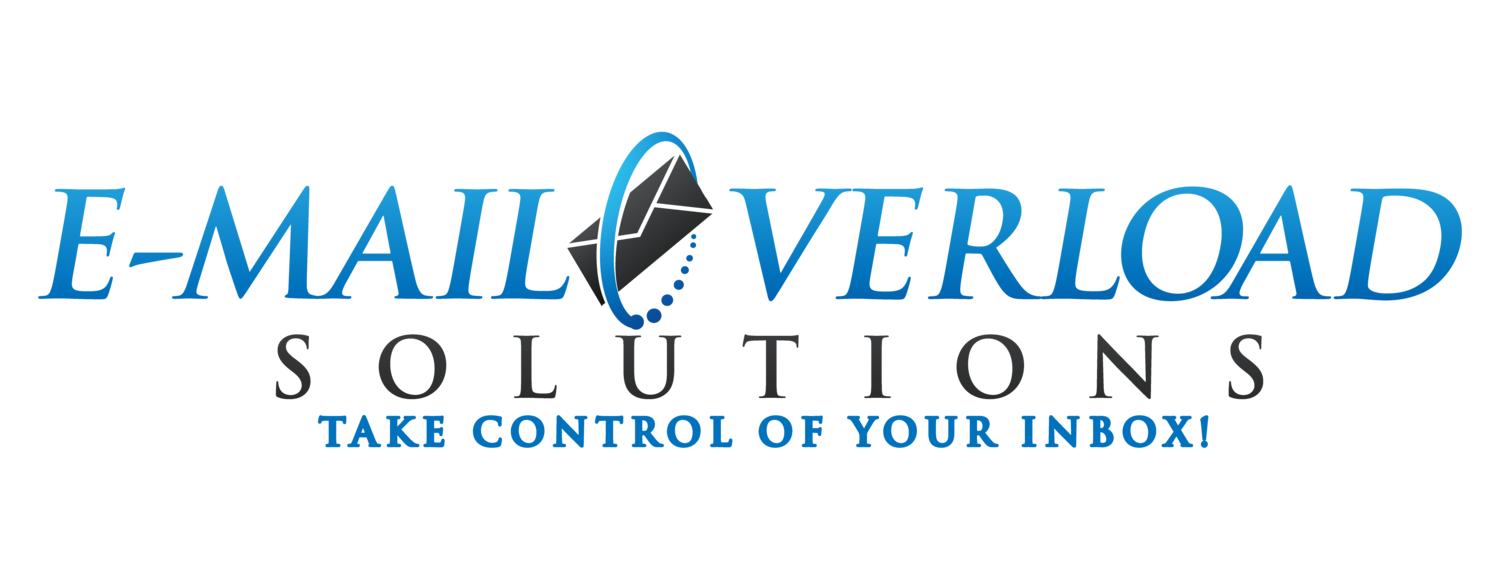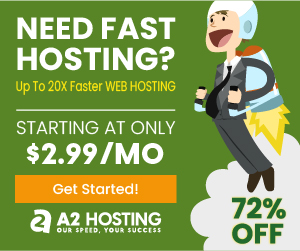Using an RSS Reader to reduce Email Overload
/If you follow several websites or blogs, using an RSS Reader is a great way to reduce your Email Overload.
An RSS Reader is an effective and efficient way to stay up-to-date on all new content delivered to sites you follow.
And you can do this without needing to subscribe to a site’s newsletter or site subscription Email.
By subscribing to a site’s RSS Feed and using an RSS Reader, you can review new content at your leisure and on your schedule.
This changes the dynamics of reviewing site content.
Instead of sites pushing new content notifications to your Inbox, you instead pull information when you want it.
Best of all, you can view all your favorite sites in one convenient place, using an easy-to-use interface that allows you to quickly scan and filter information from multiple sites and only read articles that interest you.
How do you accomplish this handy trick?
It’s actually very easy – you subscribe to the site’s RSS Feed and view it through an RSS Reader.
So, what the heck is RSS?
RSS stands for “Really Simple Syndication”.
It is an XML format that was created many years ago as a way to share news feeds on the web.
For a blog site, every new blog entry posted is automatically added to it's RSS Feed.
You then subscribe to a site’s RSS Feed and view all new content published on that site using an RSS Reader.
What is in the RSS Feed?
Most (but not all) websites and blogs automatically create an RSS Feed of all their new posts and content.
The RSS Feed usually contains the full text of the blog entry or article to view in your RSS Reader.
However, some sites only provide a summary of their blog entries or news stories. You will need to take an extra step of “linking” from the RSS summary feed to the actual site to view the complete story.
RSS is also found in many other ways on the web:
- All those news stories listed on the Yahoo news page? – RSS feeds!
- All those articles about companies you follow on your favorite finance page? – RSS feeds!
- Those updated scores and news bites about your favorite teams on your Sports page? - RSS feeds!
What is the advantage of subscribing to an RSS Feed?
One key advantage of RSS Feeds is that you are the one in control of reviewing new site content and updates.
Instead of subscribing to a newsletter or site update notifications, you get to decide when and how to review updated content.
Another important advantage of RSS is that you do not need to provide your Email address to view the site feed.
And since you do not give out your Email, the site can’t spam you with offers you don’t care about or sell your Email address to others.
Want to stop receiving new content?
No need to request removal from a mailing list. Just remove the site feed from your RSS Reader, and “poof”, all gone!
RSS maintains your privacy and anonymity!
And it keeps you in full control of what you want to view, when you view it, and how you view it!
What is an RSS Reader?
An RSS Reader is an application that allows you to subscribe, view, filter, and organize your RSS Feeds.
In fact, you are most likely already using RSS Readers and don’t realize it.
If you have customized content in your Yahoo or MSN home pages, you are already using an RSS Reader. These “customized home pages” are just big aggregators of RSS Feeds from many sources.
Same concept if you customize a page to display your local weather alerts or updates on your favorite stocks.
Web browsers such as “chrome” and “Firefox” also have built-in RSS Feed and RSS Reader capabilities.
But there also are dedicated RSS Reader applications - which is what I recommend.
Some are dedicated software applications you install. But others are websites you can subscribe to and use from anywhere.
I use a RSS Reader site called Feedly to manage, organize, and view all my RSS Feeds. (Note: I use their free version, although they have a more full-featured paid version.)
There are many other RSS Reader applications, including Flipboard, Google Play Newsstand, PressReader, Digg, and Commafeed.
Some only work on certain platforms, but many work using any browser.
Some are completely free, some have a free tier and a paid tier, and some are fully paid services.
I suggest starting with a simple and free service until you get some experience and deciding what you really need and what features you would actually use before investing in a paid service.
How do you subscribe to an RSS Feed?
Look for the RSS Icon on the site - usually something that looks like these:
It should take you to a page that provides you with a variety of feed readers to chose - you just select yours from the list and you are set.
Sometimes there are actually individual RSS Subscribe icons, called "RSS Chicklets", that are displayed:
It should take you to a page that provides you with a variety of feed readers to chose - you just select yours from the list and you are set.
Finally, sometimes you may see buttons that say XML or RSS and take you to a page of strange-looking HTML code.
This is the actual RSS code page - don't panic.
Simply copy the URL (web link) of this page and enter it into the subscription box of your RSS Reader. They are all a bit different, but it’s pretty easy once you get the hang of it.
Lastly, many RSS Reader applications have the ability to discover the RSS Feed of almost any site.
In Feedly, I chose "Add Content" and can then search by keyword or site URL (web address). I find that if I just enter a site's URL, then it will almost always find the RSS Feed for the site.
It then displays the average number of weekly articles published to the feed and if it is a full content or abstract only feed. I can then chose to "add" the feed, and can even assign it to a "category" which helps to organize the feeds within my reader.
Using a dedicated RSS Reader helps to make this process very simple!
What is my experience in moving to RSS?
I recently moved several sites I follow from Email subscriptions to RSS Feeds and have found it a great way to stay updated on sites I like to follow without the Email overhead.
Yes! - I do need to remember to set aside time each week to review my RSS Feeds. I actually ended-up creating a recurring task to check my RSS Reader as part of my weekly workflow.
But for sites that are not “critical” to me, I have found RSS Readers to be a great alternative to subscription Emails routing to my Inbox.
I still do keep some sites I follow on Email subscriptions- especially ones that contain important updates I do not want to miss. And I still use Outlook Rules to route some subscriptions to a dedicated reading folder.
Bottom line: If you can get the information you need via an RSS Feed, consider moving subscriptions out of your Inbox and into an RSS Reader.
I hope the information provided above will help you get started looking into RSS. It's a viable alternative to newsletters and a great way to reduce your Email Overload.
In a future post, I will provide the detailed steps on how I use Feedly as my RSS Reader.
















